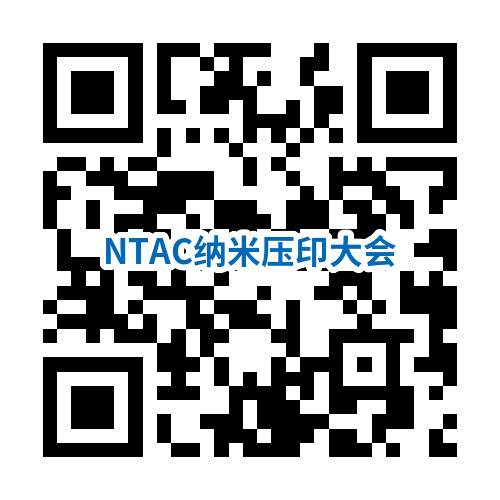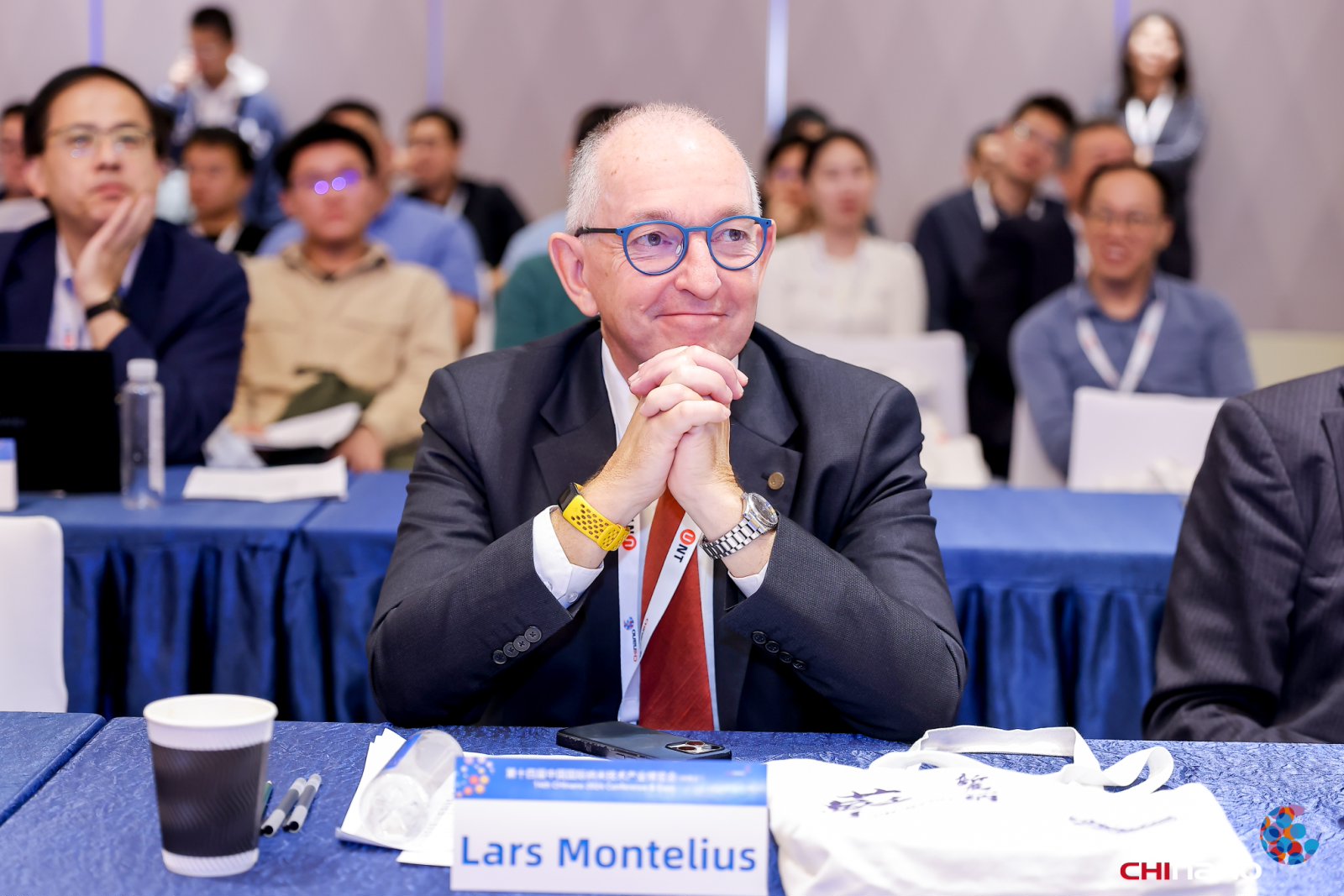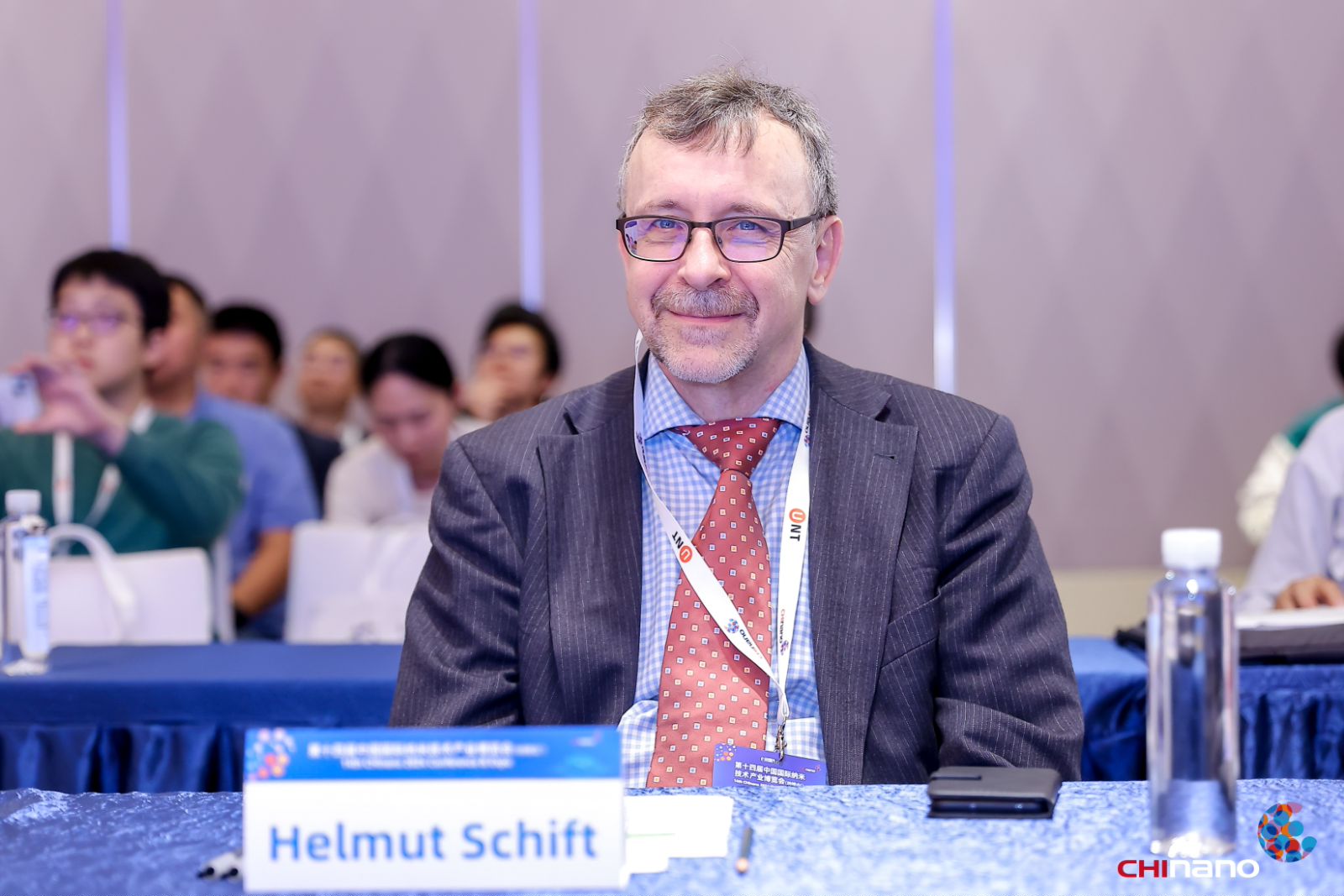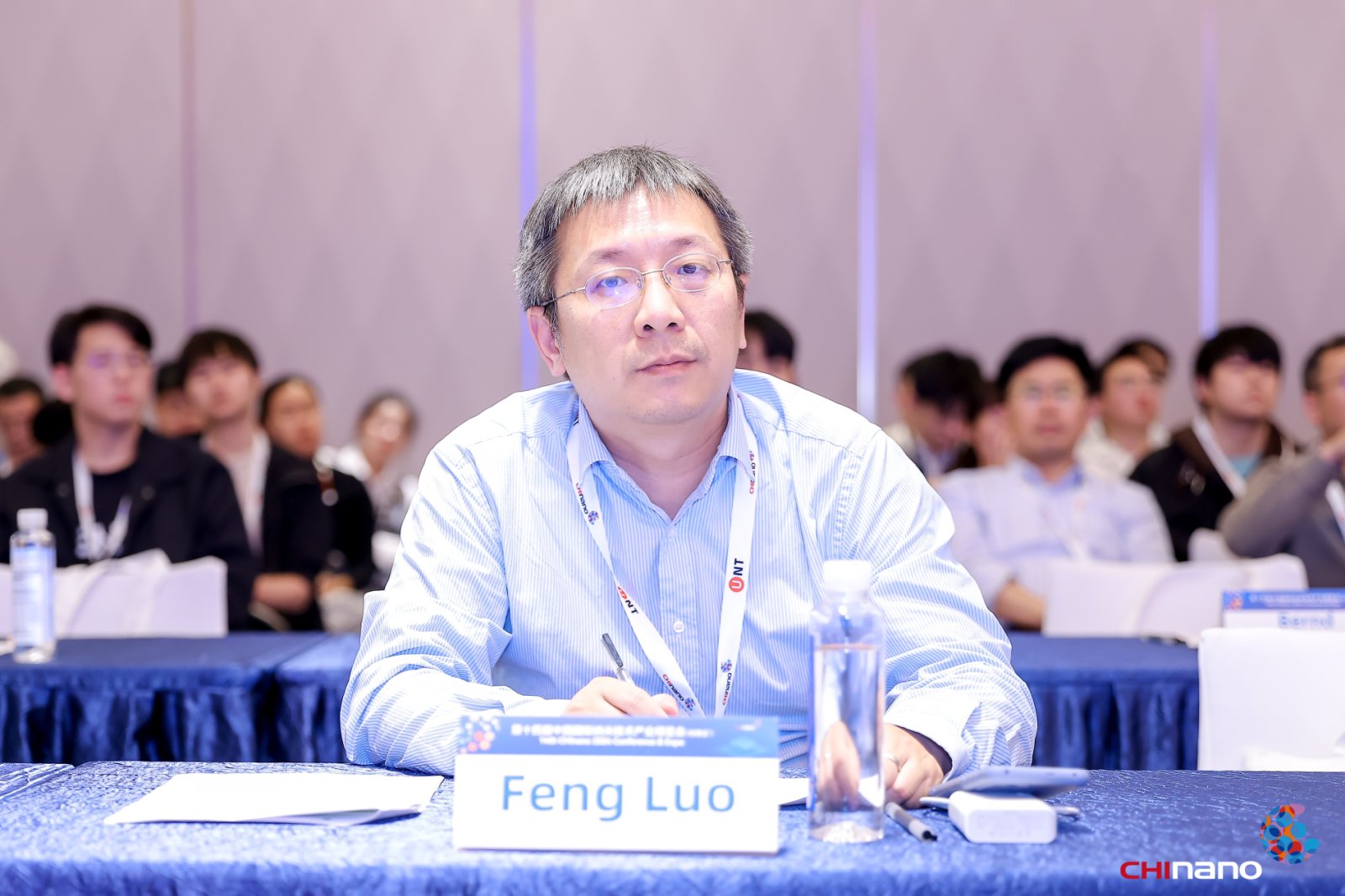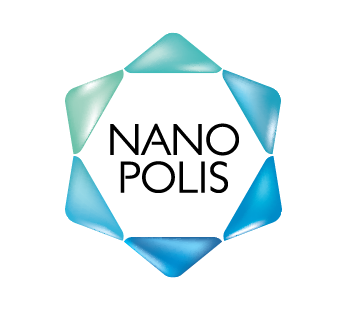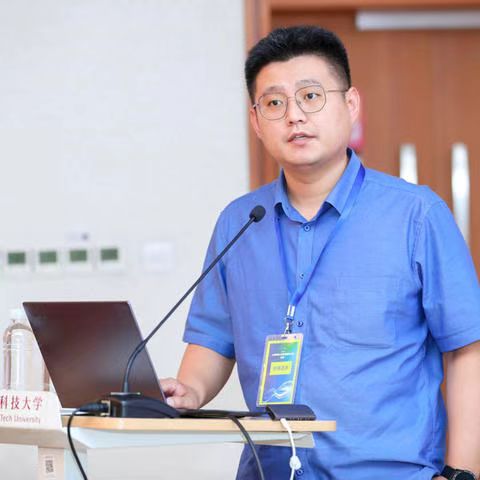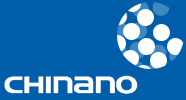Since Nanoimprinting technology was invented in 1995, it has completed 30 years of technological development. Because of its excellent technical characteristics—high resolution, low cost, and high productivity—it was considered a star technology at its birth. It has been rated as "one of 10 emerging technologies that will change the world" (MIT Technology Review), receiving extensive attention from academia and industry and even being included in the international semiconductor industry technology development blueprint.
The development of nanoimprint technology is not only the result of academic progress but also the industry's contributions. While receiving extensive attention in the academic field, nanoimprint technology has also entered the industrial market. The continuous development and commercialization of nanoimprint technology have been driven by key players such as Nanonex, Obducat, and Molecular Imprint, all of which have made significant contributions. Later, Suss and EVG also contributed greatly to the industrialization of nanoimprint technology.
Especially in recent years, China's industrial demand for large-volume, high-precision micro- and nano processing has exploded. This demand is evident in various application areas, including micro- and nano optical components, AR lenses, DOE, TOF, and MLA. Moreover, in biomedical applications such as biochips, microfluidic channels, and microneedles, nanoimprint technology shows great potential. A large number of high-tech start-up companies have emerged in these fields, and some large listed companies have also started to explore nanoimprint technology, investing huge amounts of funds and resources. They are actively pushing the industrialization of nanoimprint technology to a new level in China.
In 2023, Chinese experts in the field of nanoimprint technology hosted the first NTAC Global Nanoimprint Technology and Application Conference in Suzhou, providing a long-term and stable communication platform for the research and industry community committed to nanoimprint technology development. The first NTAC conference invited a large number of experts and scholars in the field of nanoimprint to discuss cutting-edge technologies and exchange the latest achievements, sparking a warm response. The 2nd NTAC Global Nanoimprint Technology and Application Conference in 2024 assembled an impressive lineup of keynote speakers, including: Professor Zhou Yu from Princeton University, widely regarded as the "Father of Nanoimprint Technology"; Professor Lars Montelius from Lund University, Sweden, one of the pioneers of nanoimprint technology and others. A total of 21 leading experts and industry representatives from around the world engaged in in-depth discussions on the latest advancements and applications of nanoimprint technology. The NTAC Conference not only established a cutting-edge communication platform between academia and industry in the field of nanoimprint technology, facilitating profound dialogues among experts and scholars but also outlined a clear roadmap for the future development of the industry.
In 2025, marking the 30th anniversary of the invention of nanoimprint technology, the 3rd NTAC Conference—30 Years of Nanoimprint Celebration Special—will be grandly held in Suzhou in the golden autumn of October. Hosted by Gusu Lab and organized by Suzhou New Dimension Nano Technology Co., Ltd., the conference will integrate top industry resources, focus on nanoimprint technology innovation, and strive for industrial co-construction and win-win development. It will feature discussions on cutting-edge hotspots and research achievements in the field of nanoimprint, aiming to accelerate breakthroughs in the development bottlenecks of nanoimprint technology manufacturing and contribute to technological innovation and industrial development of domestic manufacturing.
